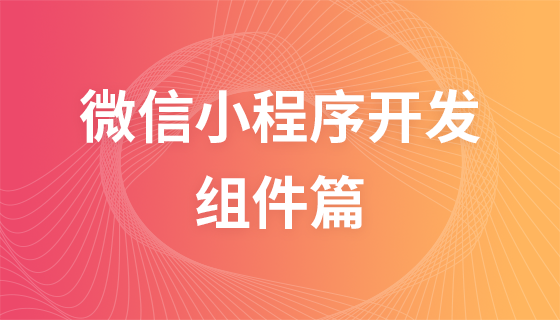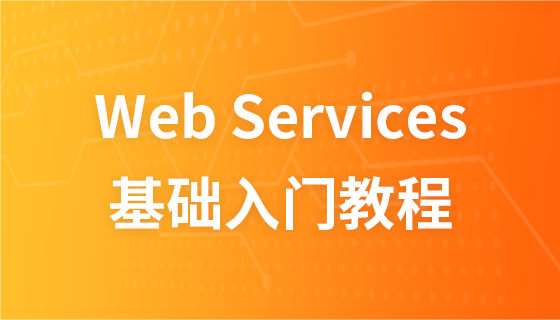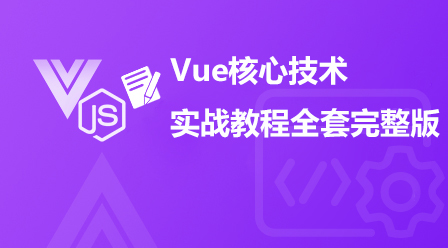vue 组件通信:通过 $parent/$children 进行父子组件通信
引言:
在Vue开发中,组件是构成应用的基本单元。而组件通信则是组件间进行数据传递和交互的关键。在Vue中有多种组件通信的方式,其中一种常见的方式是通过 $parent 和 $children 进行父子组件之间的通信。本文将详细讲解如何使用 $parent 和 $children 进行组件通信,并提供代码示例,以便更好地理解和应用。
一、通过 $parent 进行父组件向子组件通信
1.1 父组件传递数据给子组件
在Vue中,父组件通过在子组件上绑定属性的方式将数据传递给子组件。子组件可以通过 props 接收父组件传递的数据,并在组件自身中使用。
立即学习“前端免费学习笔记(深入)”;
示例代码如下:
<!-- 父组件 -->
<template>
<div>
<child-component :message="message"></child-component>
</div>
</template>
<script>
import ChildComponent from './ChildComponent.vue';
export default {
components: {
ChildComponent
},
data() {
return {
message: 'Hello, child component!'
};
}
}
</script>
<!-- 子组件 -->
<template>
<div>{{ message }}</div>
</template>
<script>
export default {
props: ['message']
}
</script>在父组件中,将 message 数据通过 :message="message" 的方式传递给子组件。子组件中接收到父组件传递的数据并在组件中进行渲染。
1.2 子组件向上级组件派发事件
在某些情况下,子组件需要向其父组件派发事件以通知父组件进行相应的操作。Vue 提供了 $emit 方法用于在子组件中派发自定义事件。
示例代码如下:
<!-- 父组件 -->
<template>
<div>
<child-component @childEvent="handleChildEvent"></child-component>
</div>
</template>
<script>
import ChildComponent from './ChildComponent.vue';
export default {
components: {
ChildComponent
},
methods: {
handleChildEvent(payload) {
// 处理子组件派发的事件
console.log(payload);
}
}
}
</script>
<!-- 子组件 -->
<template>
<div @click="handleClick"></div>
</template>
<script>
export default {
methods: {
handleClick() {
// 派发自定义事件,并传递给父组件
this.$emit('childEvent', 123);
}
}
}
</script>在子组件中,通过 @click 方法触发 handleClick 方法,在该方法中通过 this.$emit 派发自定义事件,同时传递给父组件。父组件中通过 @childEvent 监听自定义事件,并在 handleChildEvent 方法中处理子组件派发的事件。
二、通过 $children 进行子组件向父组件通信
有时候,子组件需要与其直接的父组件进行通信。Vue 提供了 $children 属性,用于获取子组件的实例。通过该属性,可以访问到子组件的实例,从而实现子组件向父组件通信。
示例代码如下:
<!-- 父组件 -->
<template>
<div>
<child-component></child-component>
<button @click="changeChildData">改变子组件的数据</button>
</div>
</template>
<script>
import ChildComponent from './ChildComponent.vue';
export default {
components: {
ChildComponent
},
methods: {
changeChildData() {
// 修改子组件的数据
this.$children[0].childData = 'Hello, parent component!';
}
}
}
</script>
<!-- 子组件 -->
<template>
<div>{{ childData }}</div>
</template>
<script>
export default {
data() {
return {
childData: 'Hello, child component!'
}
}
}
</script>在父组件中,通过 this.$children[0] 获取到子组件的实例,然后可以通过子组件实例的属性和方法进行相应的操作。
结语:
通过本文的介绍,相信读者对于通过 $parent 和 $children 进行组件通信有了更深入的理解。在实际开发中,根据具体的业务场景,可以选择合适的方式进行组件通信,以提高应用的可维护性和扩展性。希望本文能对读者有所帮助。
以上就是Vue组件通信:通过$parent/$children进行父子组件通信的详细内容,更多请关注php中文网其它相关文章!

每个人都需要一台速度更快、更稳定的 PC。随着时间的推移,垃圾文件、旧注册表数据和不必要的后台进程会占用资源并降低性能。幸运的是,许多工具可以让 Windows 保持平稳运行。




Copyright 2014-2025 https://www.php.cn/ All Rights Reserved | php.cn | 湘ICP备2023035733号